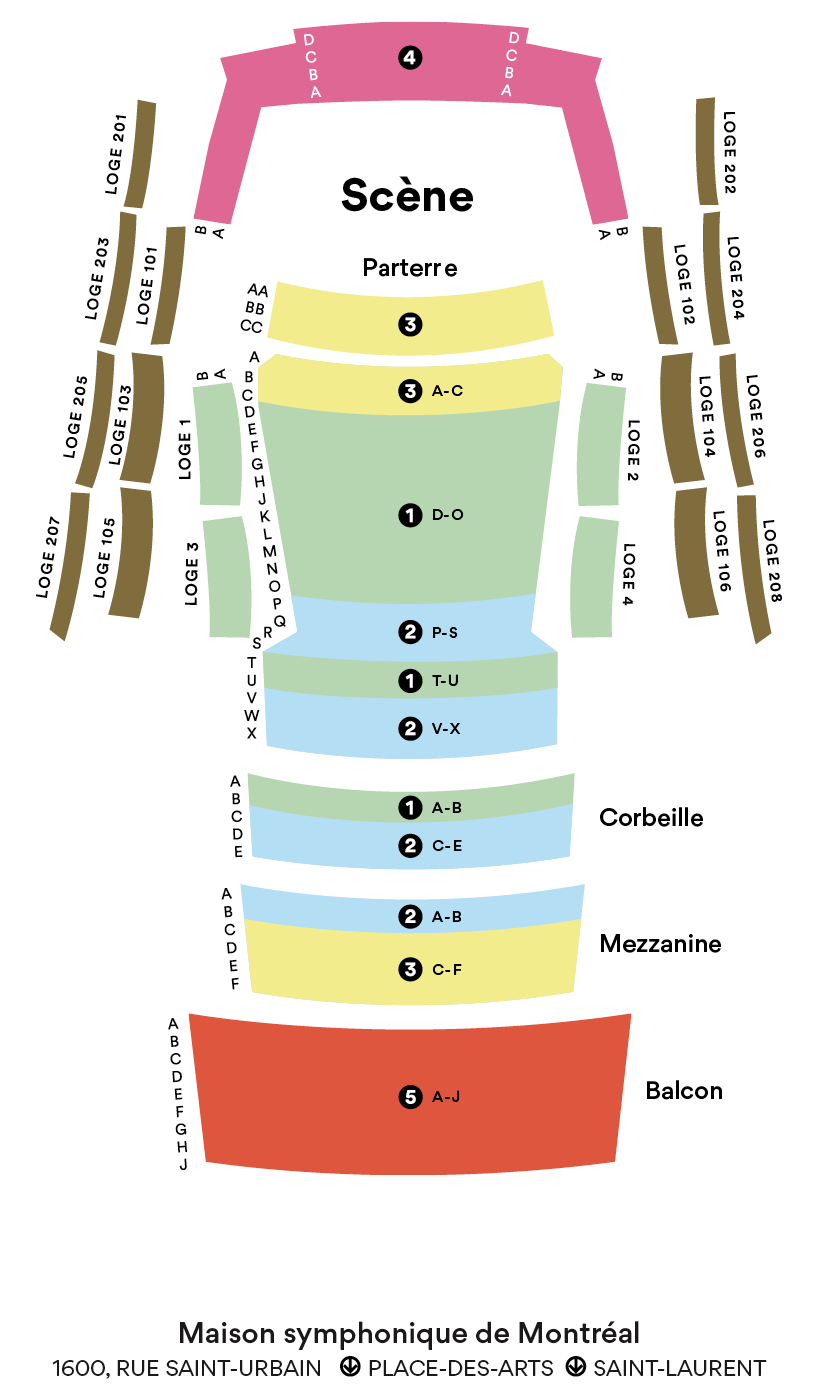Piano Concerto No. 2
Brahms
1833 – 1897
“I don’t mind telling you that I have written a tiny tiny piano concerto [Konzerterl], with a tiny, tiny wisp of a scherzo [Scherzerl].” – Johannes Brahms, letter to Elisabeth von Herzogenberg, July 1881
In 1879, more than two decades after the unsuccessful premiere of his monumental Piano Concerto No. 1, Johannes Brahms began composing – at about the same time as his four symphonies – his Piano Concerto No. 2 in B-flat major. In the intervening years, he had devoted himself largely to chamber music, lieder and choral music, both a cappella and accompanied by orchestra (the German Requiem dates from 1868).
Born in a very poor district of Hamburg, where his father was a double bass player in the municipal orchestra, Brahms learned the piano at a young age and, for 10 years beginning in 1843, studied with Eduard Marxsen; it would be to him, three decades later, that Brahms dedicated his second piano concerto. Brahms spent time playing in cabarets and taverns before meeting violinist Joseph Joachim and embarking with him on a series of tours. Brahms’ first attempts at composition were publicly praised by Robert Schumann, who proclaimed him “this chosen one over whose cradle Graces and Heroes have stood watch.” Be that as it may, Brahms’ early days were difficult until, in 1862, he made Vienna his home and began slowly acquiring affluence and fame.
Brahms viewed his work as that of an artisan striving constantly to perfect his craft. As concerned about sonic architecture as expression, he “accomplished, beyond any mannerism and academicism, a deep fusion of the Romantic spirit and Classical form,” as notes Romain Goldron, who goes on to say that “very few musicians in the 19th century had as deep a knowledge of contrapuntal writing.” An extreme perfectionist and severely self-critical (he destroyed many of his scores), Brahms took three years to complete his second concerto.
Brahms spent every summer in the country, and “his most beautiful themes are the fruit of his long morning walks through the fields and forests.” The melodies are generous and proportional to the scale he gives the forms, with a touch of sadness that sometimes tugs at the heartstrings. Hypersensitive and not particularly sociable, he always suffered from feelings of loneliness despite cultivating some deep friendships.
He finished the concerto in Pressbaum, not far from Vienna, in the summer of 1881. Shortly before, Hans von Bülow had taken the helm of the Meiningen Court Orchestra and brought it to a very high level. In October, he invited Brahms to perform his new concerto in a private “reading” for the court. The performance so impressed the duke that he immediately conferred the Commander’s Cross of the Order of the House of Meiningen upon the composer! In four movements instead of the usual three, the work exhibits an incomparable thematic variety and presents itself as a “symphonic concerto” through the perfect blending of all the protagonists in “a leonine combination of gentleness and massive strength,” as Calum McDonald writes.
The initial Allegro non troppo opens with a majestic horn call that seems to summon the other instruments – first the piano, then the woodwinds and the strings. A cadenza follows, all arpeggios and interplaying triplets, before the movement “grows organically into a grand tonal network of interconnected ideas. The piano does not merely repeat the themes of the orchestral tutti but engages in a wide-ranging dialogue by continually varying them.” The following Allegro appasionato in D minor, which Brahms facetiously described as a “tiny, tiny whisp of a scherzo,” is far less a joke than the tumultuous yearning of the Nordic soul. After a central section in D major where “the Brahmsian storms allow a few rays of sun to break through, the dark vehemence soon regains the upper hand,” to quote André Lischke. Marked andante, the slow movement comes third. “Rippling with lyricism,” it spins a moving melody on the cello, taken up by the orchestra but never by the piano, which limits itself to providing embellishment as if lost in a daydream. Lastly, the Allegretto grazioso, a free-wheeling rondo, joyful, capricious and featuring the occasional gypsy accent, brings to a close one of the greatest and most beautiful concertos in the repertoire.
© François Filiatrault
Translation by Craig Schweickert
